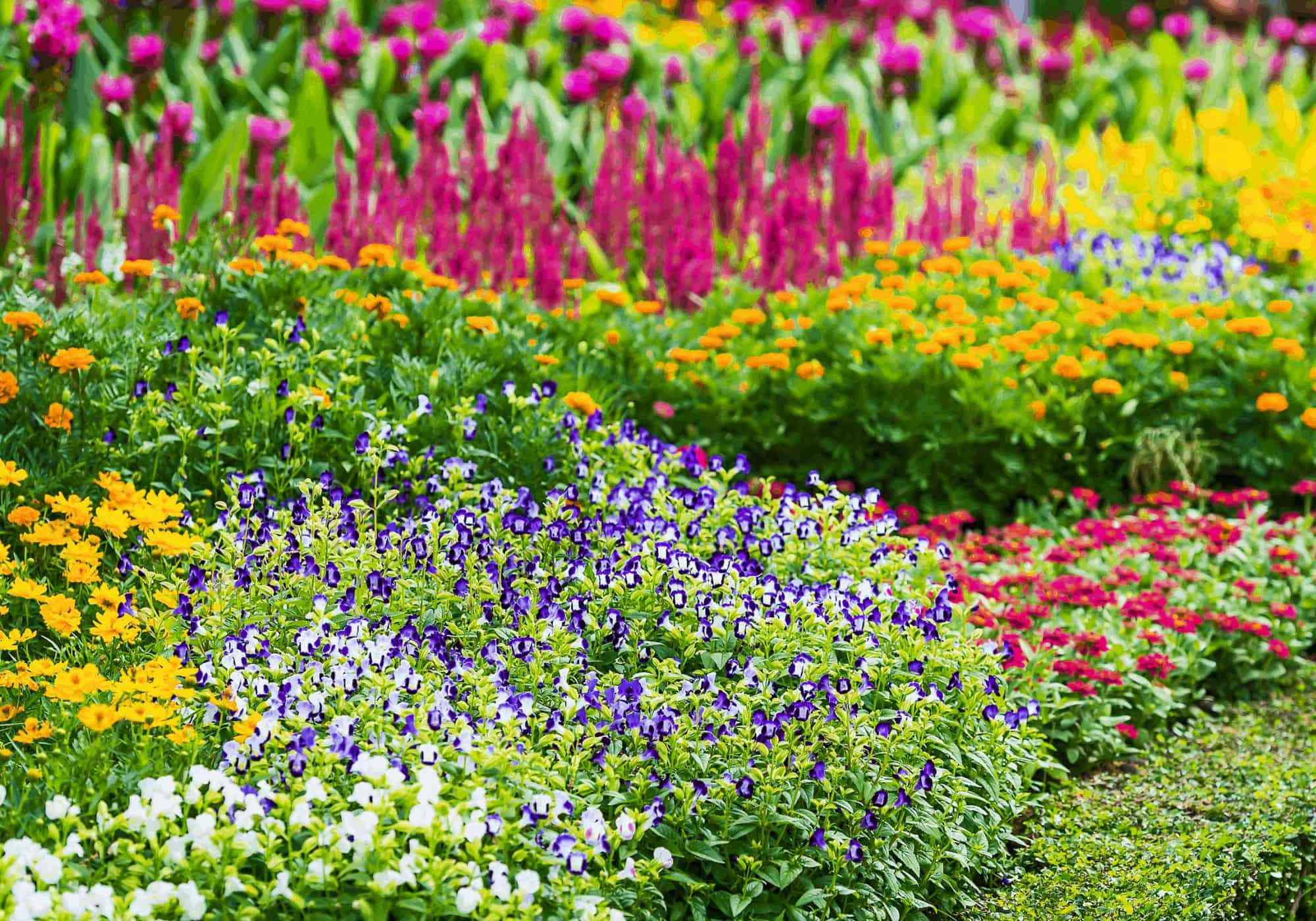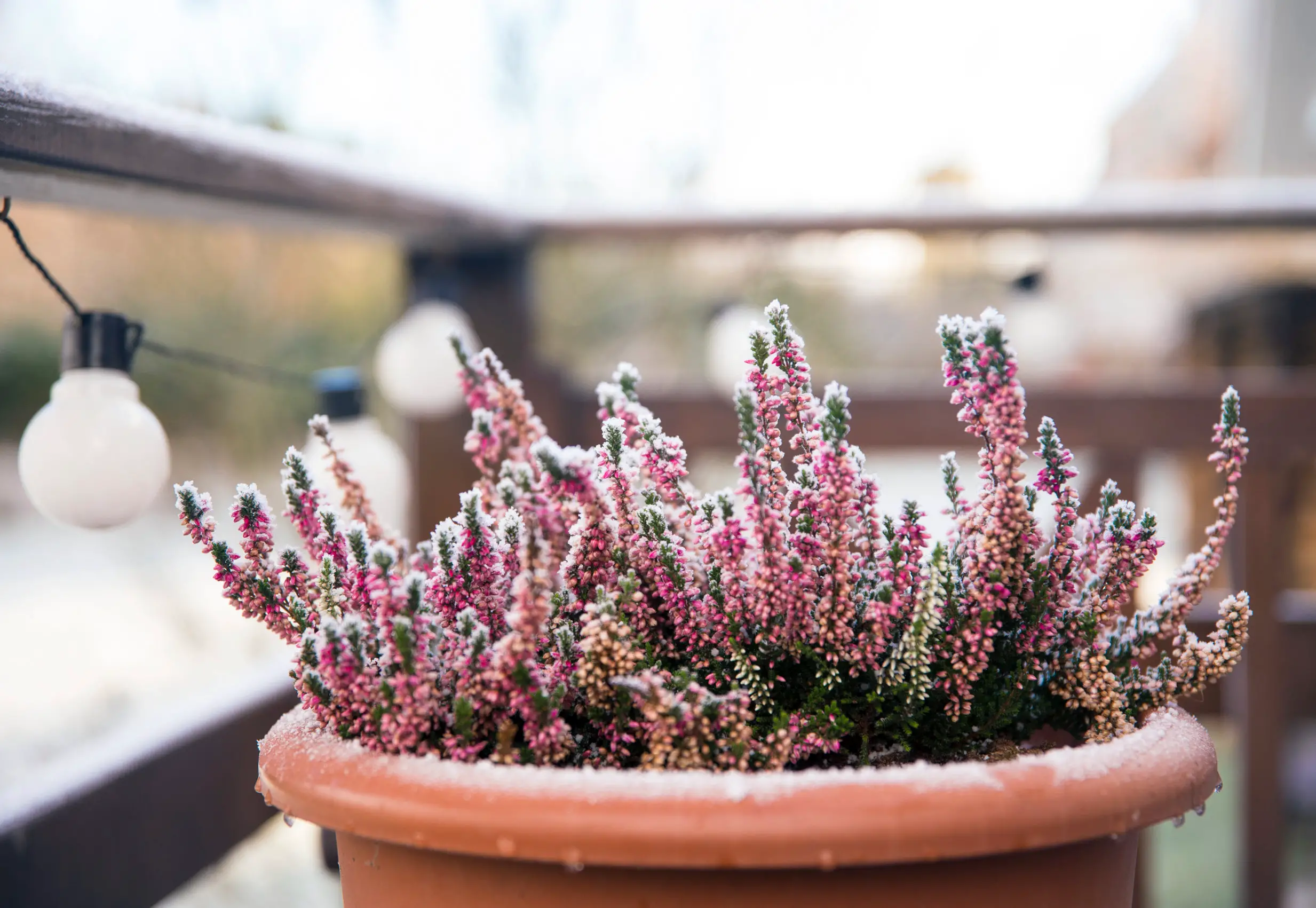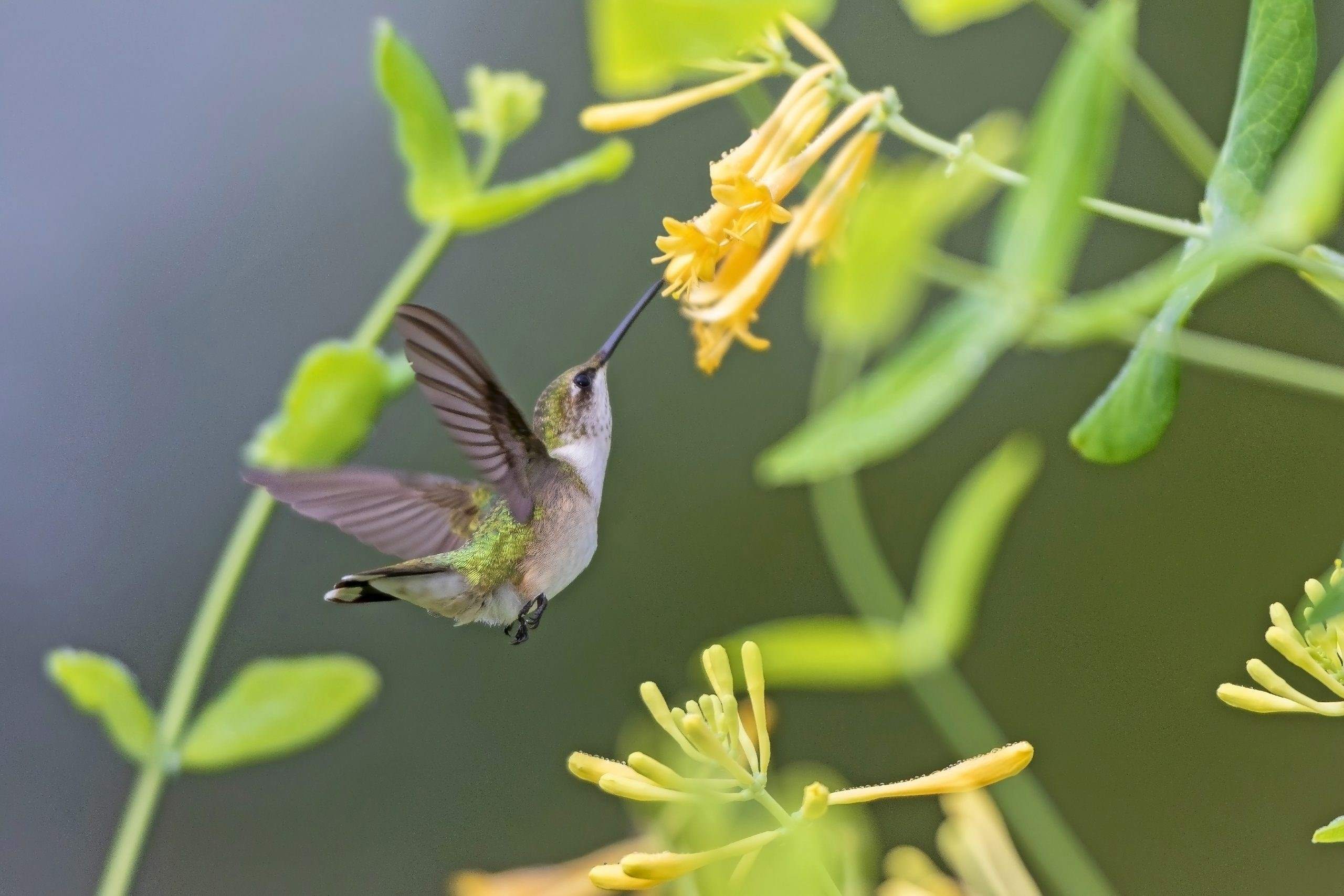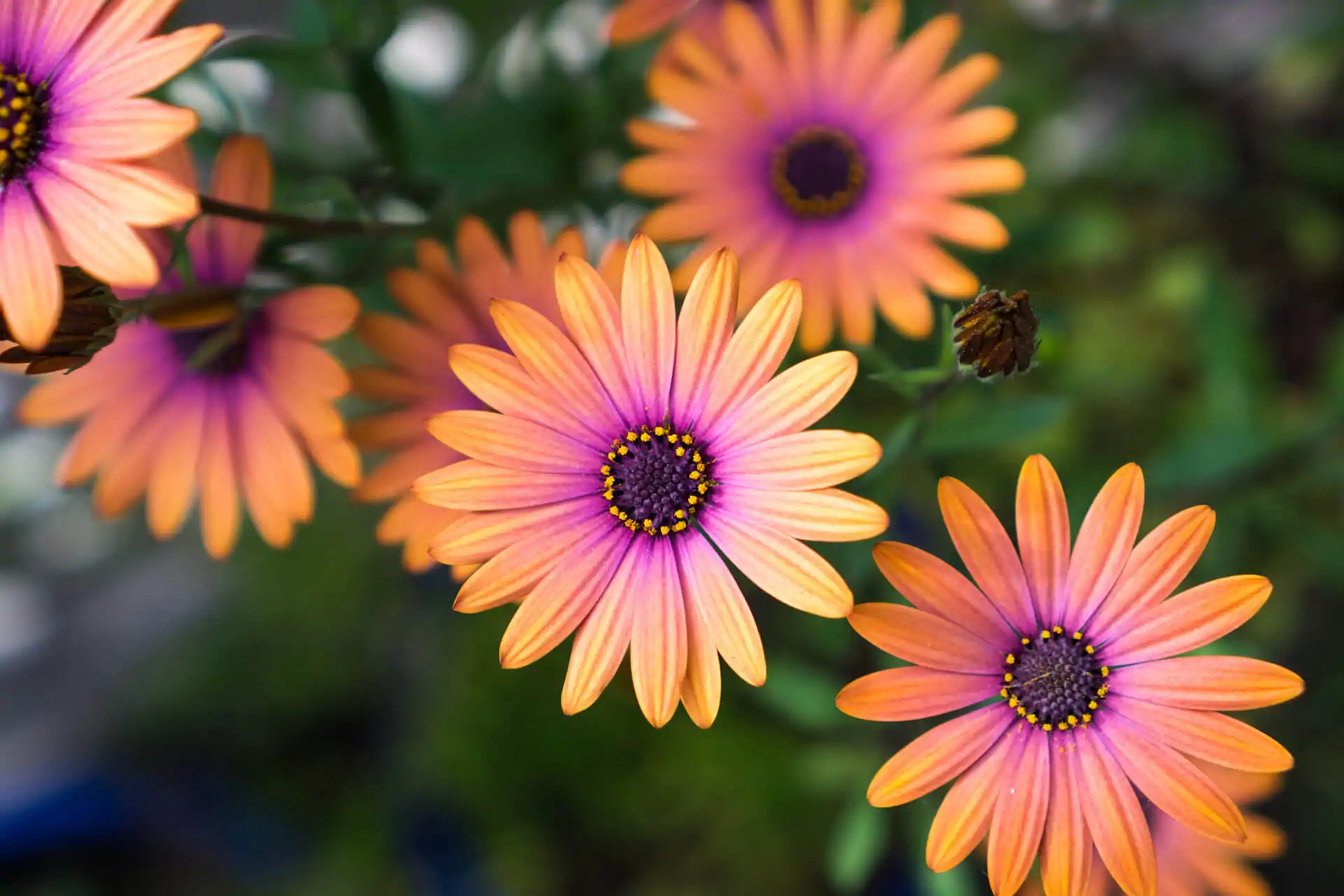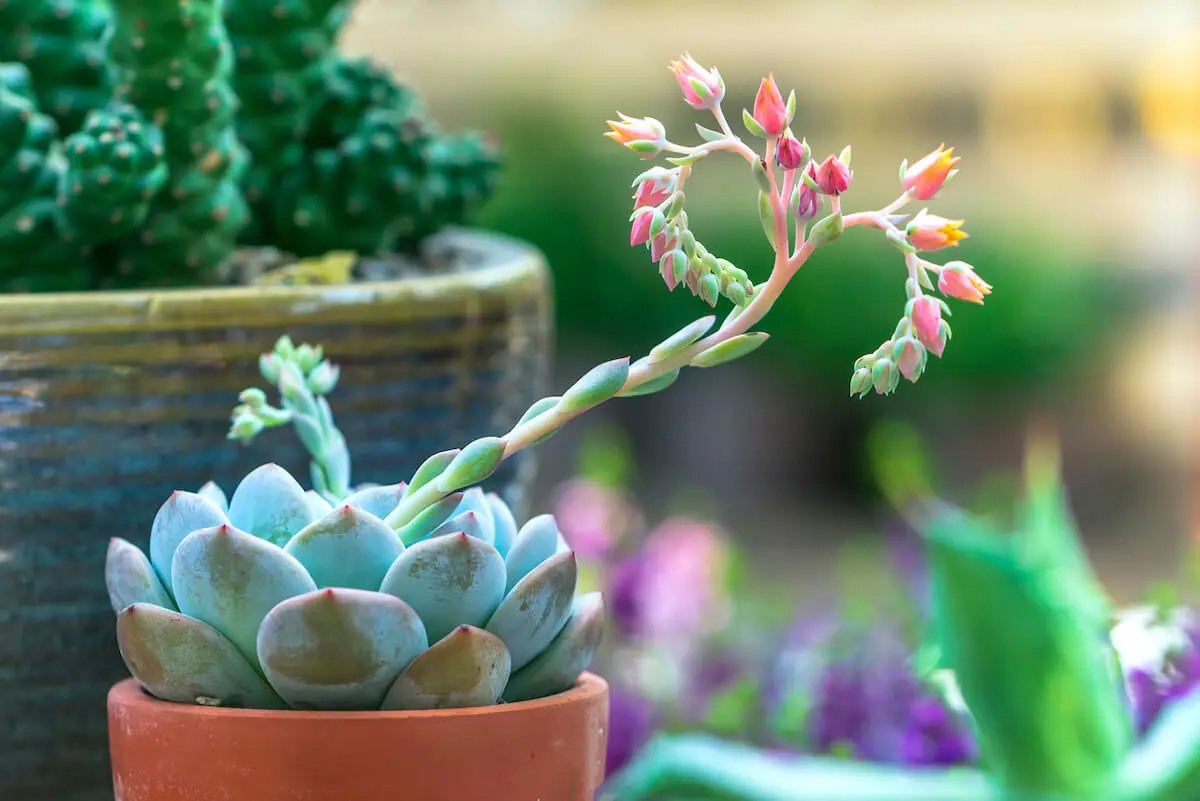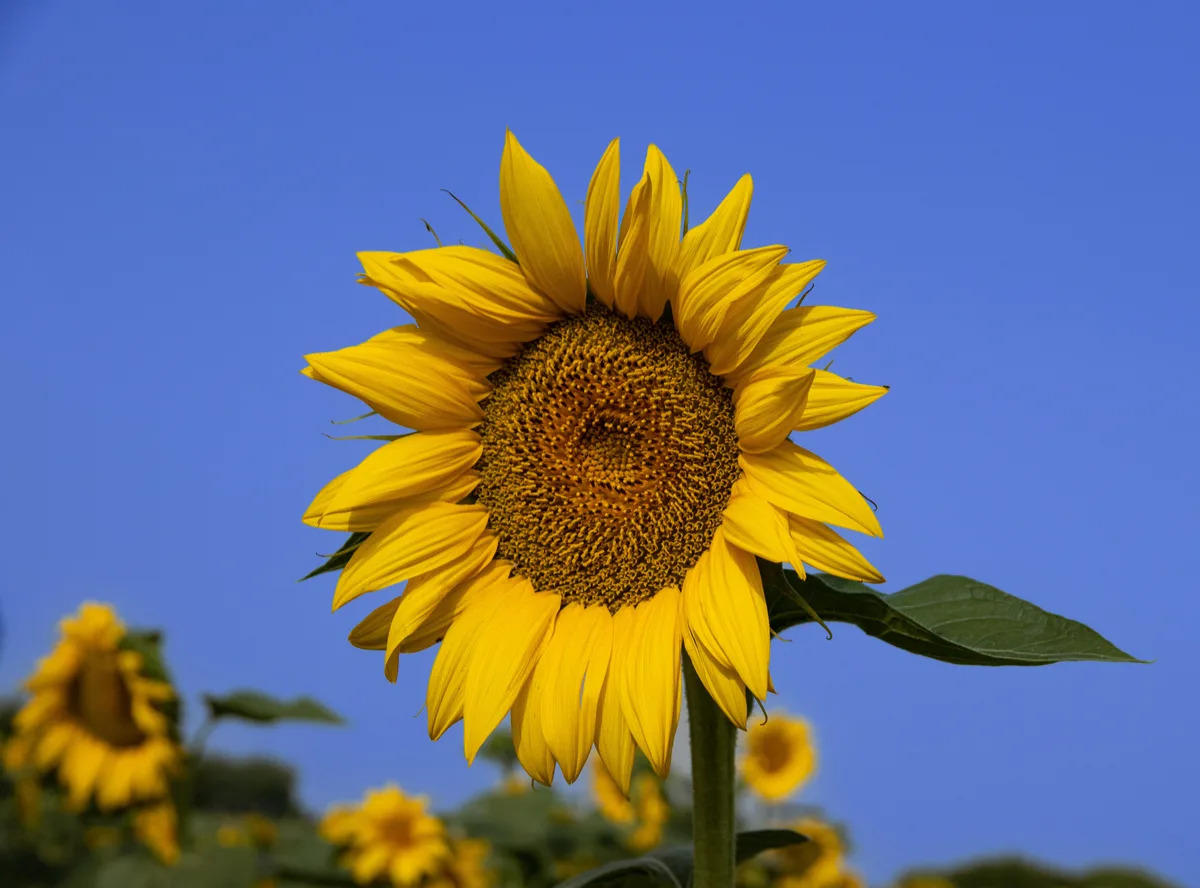Home>Gardening Techniques>Seasonal Gardening>When Do Perennials Return
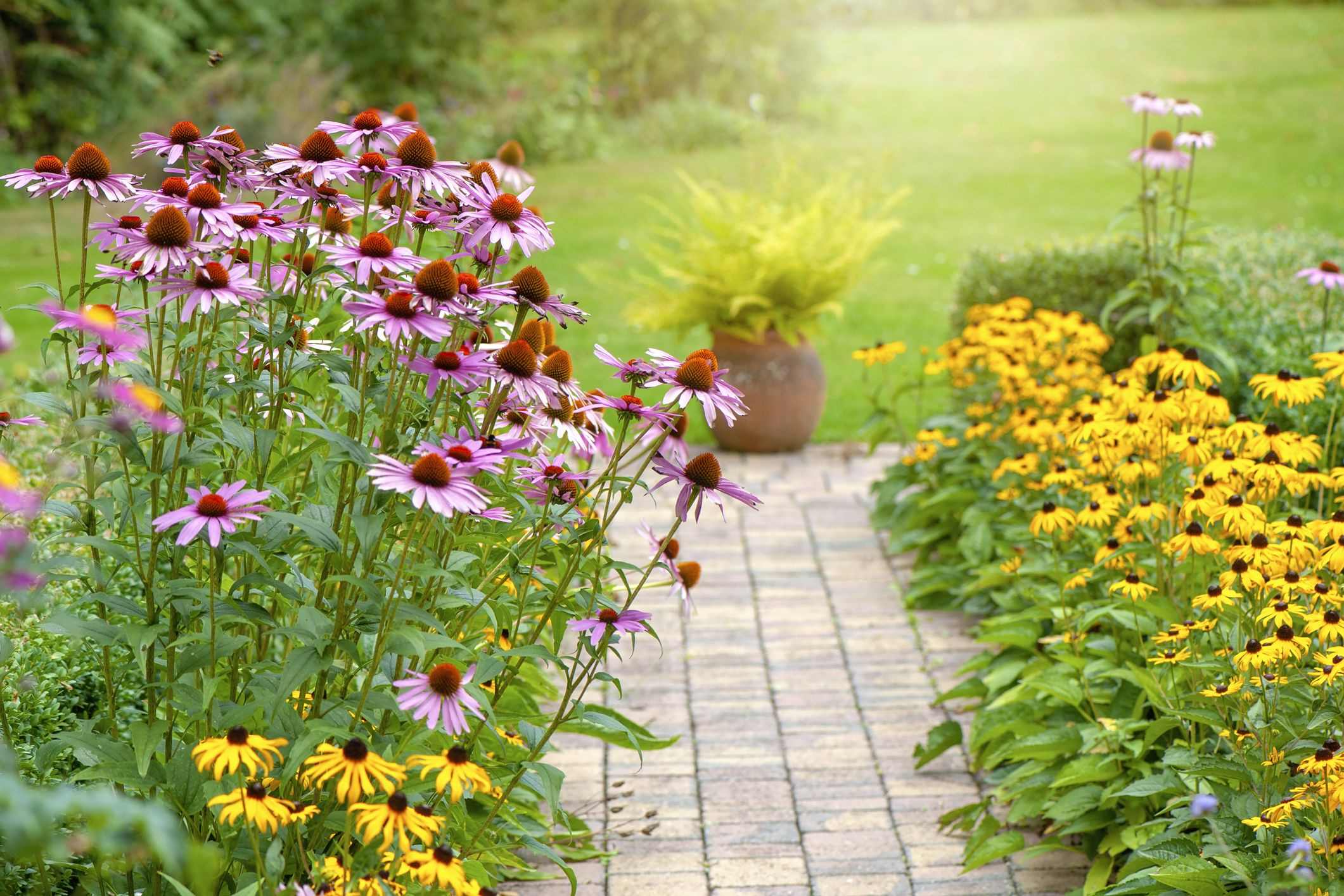

Seasonal Gardening
When Do Perennials Return
Modified: January 22, 2024
Discover the right time for perennials to reemerge in your garden with our seasonal gardening guide. Plan your planting schedule and maximize your blooms.
(Many of the links in this article redirect to a specific reviewed product. Your purchase of these products through affiliate links helps to generate commission for Chicagolandgardening.com, at no extra cost. Learn more)
Table of Contents
Introduction
Welcome to the wonderful world of seasonal gardening! If you’re an avid gardener or simply enjoy spending time outdoors, you’ll know that each season brings its own set of delights and challenges. One of the most exciting aspects of gardening is the annual return of perennial plants.
Perennials are a beloved category of plants that have the remarkable ability to come back year after year. Unlike annuals, which complete their life cycle in just one growing season, perennials have the power to withstand the cold winter months and emerge again, much to the delight of gardeners everywhere.
In this comprehensive guide, we will delve into the fascinating world of perennials and explore why and when they make their return. We will also discover the factors that influence their growth and how to care for them to ensure their continued success in your garden.
So, whether you’re a seasoned gardener or just starting out, let’s uncover the secrets behind the return of perennials and how you can make the most of these beautiful and enduring plants.
Definition of Perennials
Before we dive into the details of perennial plant return, let’s first understand what exactly perennials are. Perennials are a type of plants that live for more than two years, unlike annual plants that complete their life cycle within a single growing season. This means that perennials have the ability to come back year after year, bringing beauty and vibrancy to your garden.
One of the key characteristics of perennials is their underground root system, which allows them to survive through unfavorable conditions such as cold winters. While their above-ground foliage may die back in the winter, the roots remain intact, storing energy and nutrients to support the plant’s regrowth when favorable conditions return.
Perennials come in a wide variety of shapes, sizes, and colors, offering endless possibilities for gardeners to create stunning landscapes. From delicate flowers to robust grasses, there is a perennial plant to suit every preference and gardening style.
Another advantage of perennials is their ability to establish themselves over time, gradually spreading and filling in the gaps in your garden. This can help create a more cohesive and lush landscape, reducing the need for frequent replanting or maintenance.
It’s important to note that while perennials have a longer lifespan than annuals, they still have a finite lifespan. Some perennials may live for several years, while others can thrive for decades. Understanding the lifespan of specific perennial plants will help you better plan and manage your garden.
Now that we have a clear understanding of what perennials are, let’s explore why and when these remarkable plants make their return each year.
Reasons for Perennial Return
The return of perennials is a fascinating phenomenon that has intrigued gardeners for centuries. There are several reasons why perennials are able to come back year after year, defying the odds and bringing beauty to our gardens. Let’s explore some of these reasons:
- Dormancy and Winter Survival: Perennials have evolved mechanisms to enter a state of dormancy during the winter months. They shut down their above-ground growth and redirect energy and resources to their roots, where they are better protected from extreme cold and weather conditions. This dormancy allows the plants to conserve energy and survive through the winter.
- Underground Storage Organs: Many perennials have specialized underground storage organs such as rhizomes, bulbs, corms, or tubers. These storage organs serve as reservoirs of nutrients and energy, allowing the plants to regenerate and produce new growth in the following growing season.
- Adaptation to Climate: Perennials have adapted to the specific climate conditions of their native habitats. They may have developed traits that enable them to withstand extreme temperatures, drought, or other environmental stresses. These adaptations give them the resilience to survive and return each year.
- Genetic Programming: Perennials have a genetic predisposition to reproduce and return. Their DNA contains the instructions for regrowth and flowering, ensuring the perpetuation of their species. This genetic programming allows them to initiate growth and bloom at optimal times for survival and reproduction.
- Established Root Systems: The strong and established root systems of perennials provide them with a competitive advantage over other plant species. These roots enable them to access water, nutrients, and other resources more efficiently, allowing for quicker regrowth and establishment in the following growing season.
The combination of these factors, along with the resilience and adaptability of perennials, contribute to their remarkable ability to return year after year. As gardeners, it is our privilege to witness and nurture this cycle of renewal in our gardens.
Factors Affecting Perennial Return
While perennials are known for their ability to return year after year, several factors can influence the success and timing of their return. By understanding and addressing these factors, you can better ensure the health and longevity of your perennial plants. Let’s explore some of the key factors that affect perennial return:
- Climatic Conditions: Climate plays a significant role in the return of perennials. Different perennial plants have specific climatic requirements, including temperature ranges, sunlight exposure, and moisture levels. Adequate sunlight, moderate temperatures, and appropriate water availability are essential for their growth and regrowth.
- Soil Quality: The quality and composition of the soil greatly affect the health and vigor of perennial plants. Well-drained soil with a balanced pH and rich in organic matter provides the ideal environment for root development and nutrient uptake. A properly prepared soil will support the plants’ ability to store energy and resources for their return.
- Proper Planting and Spacing: Proper planting and spacing are crucial for the successful return of perennials. Each perennial plant has specific planting requirements, including the depth and spacing between individual plants. Following the recommended guidelines for planting will ensure the establishment of healthy root systems and prevent overcrowding, which can hinder their growth and return.
- Pruning and Maintenance: Pruning and regular maintenance play an important role in perennial return. Pruning at the appropriate times, such as cutting back spent foliage in late fall or early spring, helps stimulate new growth and prevents the buildup of disease and pests. Regular weeding, mulching, and fertilizing also contribute to the overall health and resilience of the plants.
- Pest and Disease Management: Various pests and diseases can affect the return of perennials. Inspect your plants regularly for signs of infestation or disease and take prompt action to address any issues. Implementing organic pest control methods and practicing good garden hygiene will help minimize the negative impact of pests and diseases on your plants.
- Proper Winter Protection: The ability of perennials to survive the harsh winter months greatly depends on proper winter protection. Apply a layer of mulch around the base of the plants to insulate the soil and protect the roots from freezing temperatures. Additionally, consider using protective covers or structures for more vulnerable perennials to shield them from frost and extreme weather conditions.
By considering these factors and providing optimal growing conditions, you can promote the healthy return of your perennial plants and enjoy their beauty and vigor for years to come.
Common Perennial Plants and Their Return Timeframes
Perennial plants encompass a wide range of species, each with its own unique growth pattern and return timeframe. Understanding when specific perennial plants are likely to return can help you plan and create a well-structured garden. Here are some common perennial plants and their general return timeframes:
- Daylilies (Hemerocallis): Daylilies are popular perennials known for their vibrant and showy flowers. They typically bloom in early to mid-summer and return every year, providing a stunning display of color in your garden.
- Hostas (Hosta spp.): Hostas are valued for their attractive foliage and shade tolerance. They emerge in the spring and grow throughout the summer, reaching their full size and beauty. Hostas usually die back in the winter and return in the following spring.
- Coneflowers (Echinacea): Coneflowers are beloved for their colorful and daisy-like blooms. They typically appear in late spring or early summer and continue to bloom throughout the season. Coneflowers often overwinter and return reliably year after year.
- Black-eyed Susans (Rudbeckia): Black-eyed Susans are cheerful, daisy-like flowers that bloom in mid to late summer. They are hardy perennials that return reliably, adding a burst of vibrant yellow or orange to your garden.
- Peonies (Paeonia): Peonies are prized for their luxurious and fragrant flowers. They typically bloom in late spring or early summer and make a spectacular return year after year. However, they may take a few years to establish and reach their full blooming potential.
- Salvia (Salvia spp.): Salvia plants are known for their spiky flowers and attractive foliage. They bloom from late spring to early fall, attracting pollinators to your garden. Salvias are often reliable perennials that return with vigor each year.
- Ornamental Grasses (Various genera): Ornamental grasses provide texture and movement in the garden. They typically go dormant in the winter and return in the spring, adding beauty and visual interest to your landscape.
- Bearded Irises (Iris germanica): Bearded irises are stunning perennials that come in a wide range of colors and patterns. They bloom in late spring or early summer and can be counted on to return and flourish for many years.
It’s important to note that these are general guidelines, and the exact return timeframe of perennial plants may vary depending on your specific climate and growing conditions. Nonetheless, these perennials are known for their reliability and are often cherished by gardeners for their year-after-year performance.
Caring for Perennials to Promote Return
To ensure the healthy and successful return of your perennial plants year after year, it is important to provide them with proper care and maintenance. By implementing these practices, you can help promote their growth, resilience, and longevity in your garden:
- Watering: Adequate watering is crucial for the health and survival of perennials. Provide consistent moisture, especially during dry periods or when the plants are establishing new growth. Be careful not to overwater, as excessive moisture can lead to root rot or other diseases.
- Fertilizing: Feed your perennials with a balanced slow-release fertilizer in the spring to provide them with the necessary nutrients for healthy growth. Avoid excessive fertilization, as it can lead to leggy growth or reduced hardiness. Follow the specific fertilizer recommendations for each type of perennial.
- Pruning: Pruning plays a vital role in maintaining the health and appearance of perennials. Remove spent flowers and trim back any diseased or damaged foliage. Pruning at the right time can encourage new growth and improve the overall shape and structure of the plants.
- Dividing and Transplanting: Over time, perennials may become overcrowded, leading to reduced vigor and blooming. Consider dividing and transplanting your perennials every few years to rejuvenate them and promote better growth. This process involves digging up the plant, separating the clumps, and replanting them in fresh soil.
- Protecting from Pests and Diseases: Regularly inspect your perennials for signs of pests or diseases, such as insect damage, wilting, or discoloration. Take immediate action to address any issues, using organic pest control methods whenever possible. Good garden hygiene, such as removing fallen debris and weeds, can also help prevent the spread of diseases.
- Winter Protection: Provide adequate winter protection for your perennials, especially if you live in regions with harsh winters. Apply a layer of mulch around the base of plants to insulate the soil and protect the roots from freezing temperatures. For more sensitive perennials, consider using protective covers or temporary structures to shield them from frost and severe weather conditions.
- Regular Maintenance: Regular maintenance tasks, such as weeding, cleaning up debris, and monitoring for signs of stress or disease, are essential for the overall health and longevity of your perennials. Stay vigilant and address any issues promptly to prevent potential problems from worsening.
By implementing these care practices, you can create an ideal environment for your perennials to thrive, ensuring their successful return and long-lasting beauty in your garden.
Conclusion
Perennials are truly enchanting plants that bring joy and beauty to our gardens year after year. Their ability to return and thrive is a testament to their resilience and adaptability. Understanding the factors that affect their return and implementing proper care practices can help ensure their success in your garden.
From daylilies and hostas to coneflowers and black-eyed Susans, there is a wide variety of perennial plants to choose from, each with its own unique return timeframe. By selecting the right perennials for your climate and providing them with the right conditions, you can create a diverse and vibrant landscape that evolves and flourishes with each passing season.
Remember to consider factors like climatic conditions, soil quality, and proper maintenance when caring for your perennials. Providing adequate water, fertilizer, and protection from pests and diseases will help promote their health and survival. Additionally, don’t forget to give them the winter protection they need to withstand harsh conditions and emerge strong in the spring.
As a gardener, you have the delightful privilege of witnessing the cycle of renewal and the return of perennials in your garden. Embrace this process and embrace the joy of seeing these beautiful plants come back year after year.
So, whether you’re a seasoned gardener or just starting out, embrace the magic of perennials and let them grace your garden with their enduring beauty. With proper care and attention, these remarkable plants will continue to bring you delight and wonder for many seasons to come.
